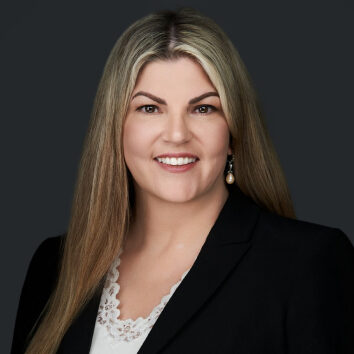At the heart of every business is a story—a founder’s vision, countless years of effort, and a legacy that grows with every decision. There comes a time when the business must take a new course, no longer guided solely by its founder or current leaders. For many, this is both a moment of pride and one of vulnerability.
Last week, at our Succession Planning and Exit Strategies for Business Owners event at Medinah Country Club, we gathered to explore these crossroads—not as a technical transaction, but as a profound transition. The conversations spanned balance sheets and vision boards, due diligence checklists and aspirations for family harmony, all with the understanding that successful succession is not one-dimensional; it is inherently human, and deeply multifaceted.
- Full Length Event Video – View Here
- The State of Owner Readiness & The “Why” of Succession – View Here
- Succession & Exit Alternatives – View Here
- Preparing to Sell to a 3rd Party – View Here
- Demystifying the Third-Party Sale – View Here
- Perspectives of the Buyer – View Here
- The Human Capital Experience – View Here
- Event Wrap-up – View Here
Successful business successions and exits demand multiple disciplines and teams. When a family approaches a transition—whether to the next generation, employees, or an outside buyer- so much more is in play than just a transfer of assets. A team of talent can be crucial; without broader planning, much is left on the table.
To unlock the best outcomes for everyone affected: family, stakeholders, employees, buyers, and community, planning should begin well before transaction time. The seeds of success are planted upstream, in conversations and counsel that can allow flourishing for all.
Opportunity Areas at Transition
Personal and family next life phase
Uncertainty arises: What do family members know about the transition? How will relationships change after ownership shifts? Who remains involved, and who steps away? Which relatives benefit, and in what way? Have they been prepared for this stewardship? Do they share in the founder’s vision, or will new perspectives emerge? These questions can shape not just outcomes, but the legacy of the family moving forward.
Estate planning
Liquidity from an exit presents choices. With thoughtful scenario planning, families can decide ahead of time where funds flow: to taxes, to family needs and consumption, or to philanthropy. Without advanced preparation, decisions can be made reactively rather than intentionally. Knowing the desired allocations ahead of time could make all the difference once the transaction becomes reality.
Tax planning
No founder celebrates paying more in tax than necessary. The absence of early planning could result in suboptimal outcomes. Effective modeling and mitigation strategies can allow dollars to go where they matter most. Families with philanthropic intentions often find a transition that may offer an unprecedented chance to fund the causes they value.
Philanthropy
A planned charitable gift—structured before a sale—can lower taxes and expand the family’s positive impact. Transitions are often challenging. The potential of doing some good with a portion of the proceeds can offer strength, perspective, and motivation to stay the course during what may be a stressful journey.
Deciding how much is enough
There is uncertainty in every future. Yet achieving clarity on “enough” for retirement, children, and charitable intent can be transformative. Imagining these answers settled can bring peace and focus, impacting both the nature of the transaction and the choice of buyer. Defining priorities can provide the clarity needed to navigate a process rife with complexity.
Team
Clarity is powerful—but it cannot be achieved alone. Experienced advisors can anticipate not just the paperwork, but the pressure points and pitfalls that families rarely see. This is precisely why our event brought together experts who have walked the succession path with many families before.
Closing Reflection
As the event reminded us, the story of succession does not end at the closing of a deal. In fact, the most meaningful work begins after the transaction, when families step into new roles, seek unity amid change, and begin thinking about the true impact of their legacy. How can rising generations prepare for responsibilities they did not select? How does a founder’s vision honor the next generation’s sense of agency? Can philanthropy become a defining thread in the family story?
At its core, succession is equally a transactional and an emotional journey. Owners and founders must grapple with questions of identity and purpose: Who am I beyond my business? What meaning does this transition hold for my life and those I care about? Letting go can bring unexpected feelings of loss, pride, relief, and hope, often all at once. Confronting these realities with openness is not a sign of weakness but a hallmark of wisdom and leadership. Knowledgeable guides can help founders anticipate these reactions and assist the family through to the other side (or through to their goals).
These ups and downs are not theoretical. They are the everyday realities for any family considering transition that we have seen over and over again. At Clearwater, we can help families move beyond mere structure into meaning, crafting solutions that can reflect the achievements of the past and the aspirations for all that comes next.
20251007 – 1




 John E. Chapman
Chief Executive Officer
John E. Chapman
Chief Executive Officer
